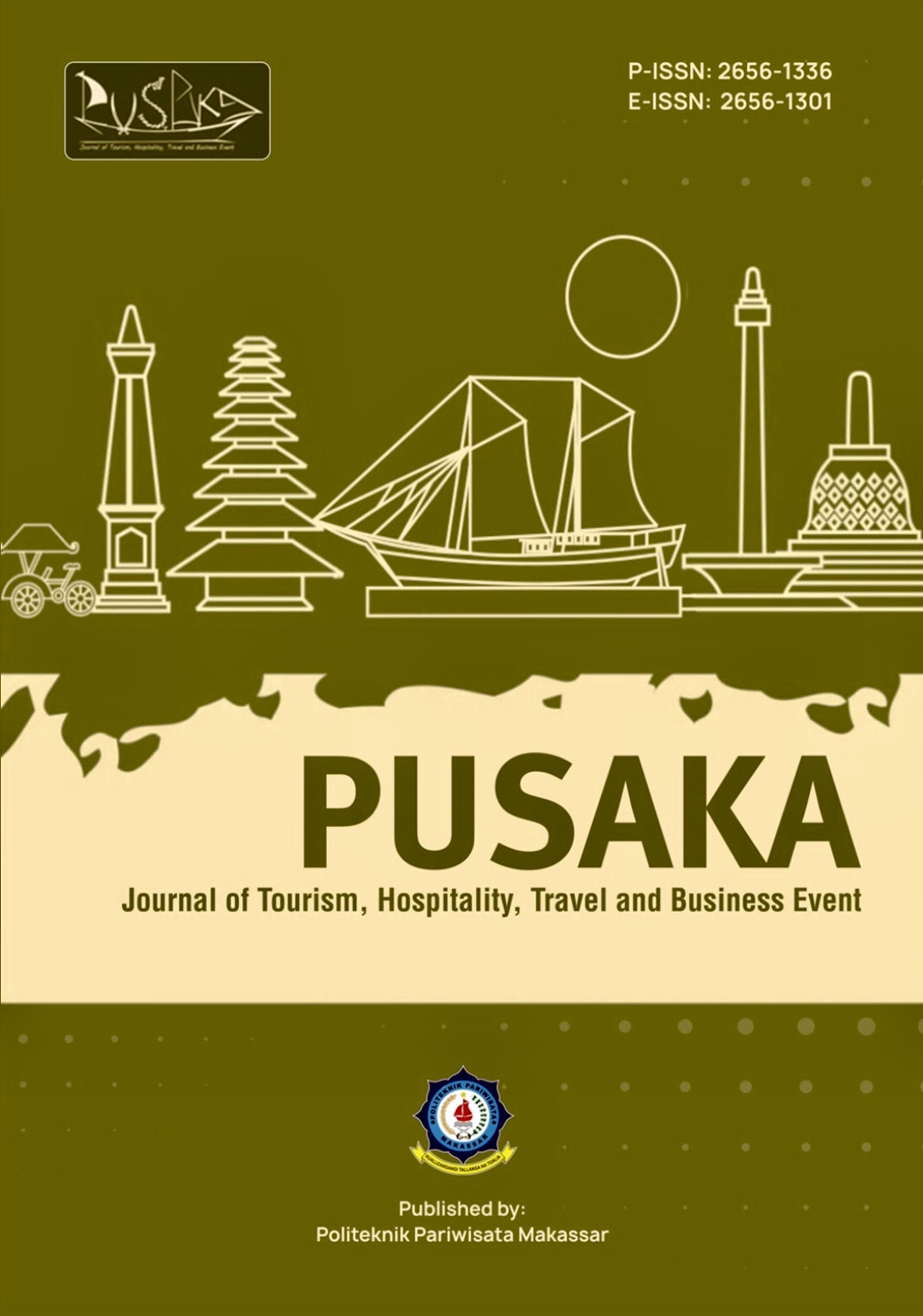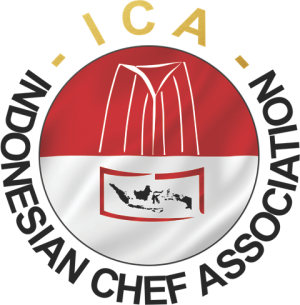Author Guidelines
- The manuscript uses the Template available.
- The number of words in this manuscript is between 5,000 – 7,000 words including references.
- Attach a statement that the manuscript has never been published before, anywhere and in any form.
- Each manuscript will go through a plagiarism check. If the manuscript has more than 30% in common, this manuscript will be returned to the author.
- Title CHAPTER: Title CHAPTER is typed with Times New Roman, Boldface 12pt, UPPERCASE and Edge to the Center.
- This manuscript is presented with the following components:
Title: Manuscript Title Maximum 18 words typed with Times New Roman 12pt, Bold, 1,5 space, Capitalize Each Word, and Center.
Author’s Name: The author’s name is typed with Times New Roman 10pt, 1,15 space, Capitalize Each Word, Center, without a title, and may not be abbreviated. Under the name are the fields of expertise, the name of the institution and the email address of the author is typed with Times New Roman 10pt, Italic, 1 space, Capitalize Each Word, and edge to the center.
Abstract: Abstract is typed with Cambria 10pt, Italic, 1 space, Sentence case, Justify, consists of 100 – 250 words, one paragraph, without references, without abbreviations/acronyms, and without footnotes. Abstract written not in the form of mathematics, question, and guesses. The abstract contains: research purposes, research methods, research results, and conclusions.
Keywords: Use words or phrases that specifically describe the content of the manuscript, keywords separated by semicolons (;), and a maximum of 7 words.
INTRODUCTION: Introduction is typed with Times New Roman 12pt, Bold, 1.5 space, UPPERCASE and edge to the left. Manuscripts is typed with Times New Roman 10pt, 1,15 space, Sentence case, and Justify. Contains background explained by state of the art, which consists of at least five previous literature/studies so that this research can demonstrate the novelty of research. This research is able to overcome problems, urgency and show rationality through: activity description, literature review, problem solving plan, and hypothesis development, GAP analysis, problem solution, knowledge renewal, primary source reference, describing objectives and hypotheses at the end of the introduction.
METHOD: This research method contains the type of research, data collection techniques, and analysis methods that will be used as a scientific process to obtain research results.
ANALYSIS AND DISCUSSION: Analysis and discussion contains a description of the results of research on issues that are the focus of research or research results with a conceptual approach. If in this analysis and discussion there are things that need to be clarified and detailed according to the problem, the author can use sub-chapters. This analysis and discussion may complement tables, figures, and/or graphs to which the content numbering and title are given. The results of data analysis are interpreted correctly. The discussion section presents logical findings, links to relevant reference sources from national and international journals, GAP analysis, renewed knowledge and findings clearly explained, comparison of research findings relevant to national and international journals.
CONCLUSION: The conclusion contains answers and brief ideas/suggestions about the problem that are the focus of research, or the results of a conceptual approach. Conclusions are made in 1 (one) paragraph by combining answers and ideas/suggestions.
ACKNOWLEDGEMENTS: Add if needed by the author. Acknowledgement is a thank you to the author’s originating institution, of the institution has a large contribution (morally, or materially) to the writer’s writing.
REFERENCE: Must include at least 15 references with a maximum publication time of the past ten years. The proportion of references at least 80% comes from journal articles (e-ISSN), and 20% from other reference sources. Don't use sources with the nature of blogs and Wikipedia. The reference list is written according to the American Psychological Association (APA) 6 edition. It is recommended to use Mendeley and EndnoteX9. All sources listed in the manuscript must be included in the references, and sorted alphabetically. Reference articles using bodynotes. - The manuscript is typed in Microsoft Office Word, A4 paper size. Format the paper 2.5 cm (Left – Top – Right – Bottom), and portrait orientation.
- The author can submit and register manuscript through the OJS Journal online: https://www.journal.poltekparmakassar.ac.id/index.php/pusaka





















